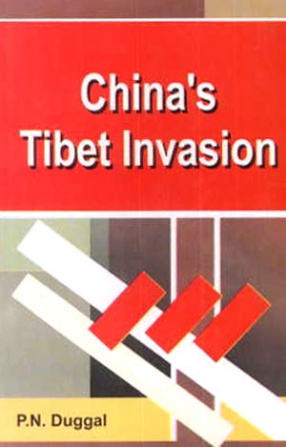Tibet had been at intermittent war with various Chinese governments and other regional powers for hundreds of years before the most recent Chinese take over in 1951 with the signing of the 17 Point Agreement for the peaceful liberation of Tibet. It is difficult to determine if Tibet at this time was an autonomously administered subordinate state to China or if it was truly independent. The ancient Sino-Tibetan relations are complicated and questions remain regarding the subordination of Tibet to Qing China following first decade of the 18 century. The rebels received an important boost in recruitment when leftist elements in the Communist Part of China, against the gradualist policy of Mo, started land reform in ethnic Tibetan areas in Sichuan in 1956. By then, U.S. Support of the anti-Chinese faction made the movement grow beyond the control of the Dalai Lama, and violence spread to Lhasa in 1959, and the Dalai Lama and some of his Government officials fled to India, where the renounced the Seventeen Point Agreement. As the book addresses this crucial issue quite deftly, it is hoped that it would prove to be a source of great information for the reader.
China’s Tibet Invasion
In stock
Free & Quick Delivery Worldwide
reviews
Bibliographic information
Title
China’s Tibet Invasion
Author
Edition
1st ed.
Publisher
Sumit Enterprises, 2012
ISBN
9788184203189
Length
vi+304p., Bibliography; Index; 23cm.
Subjects





There are no reviews yet.